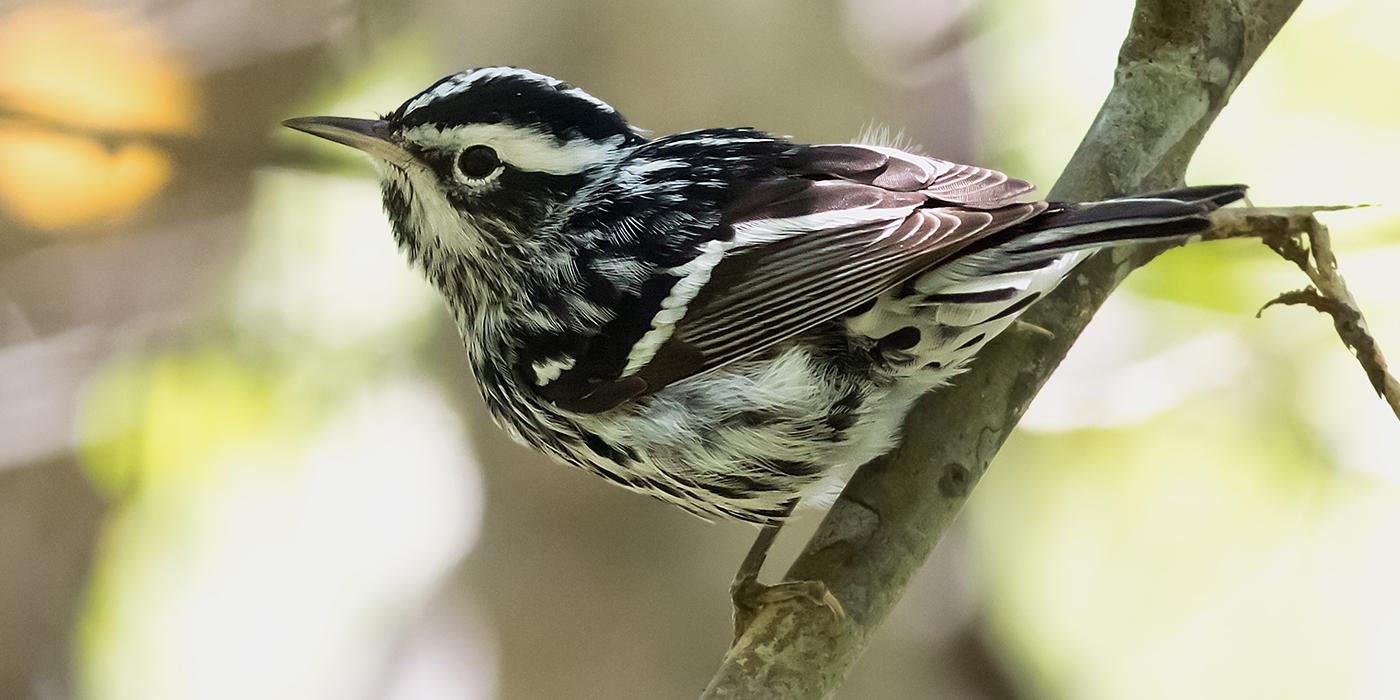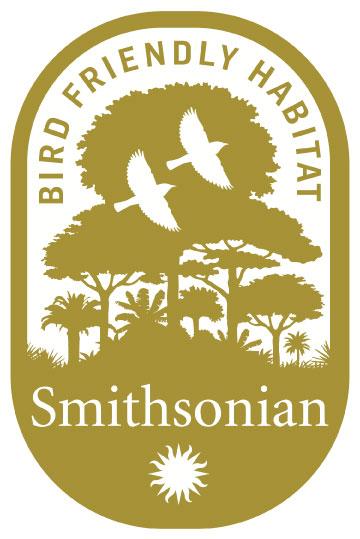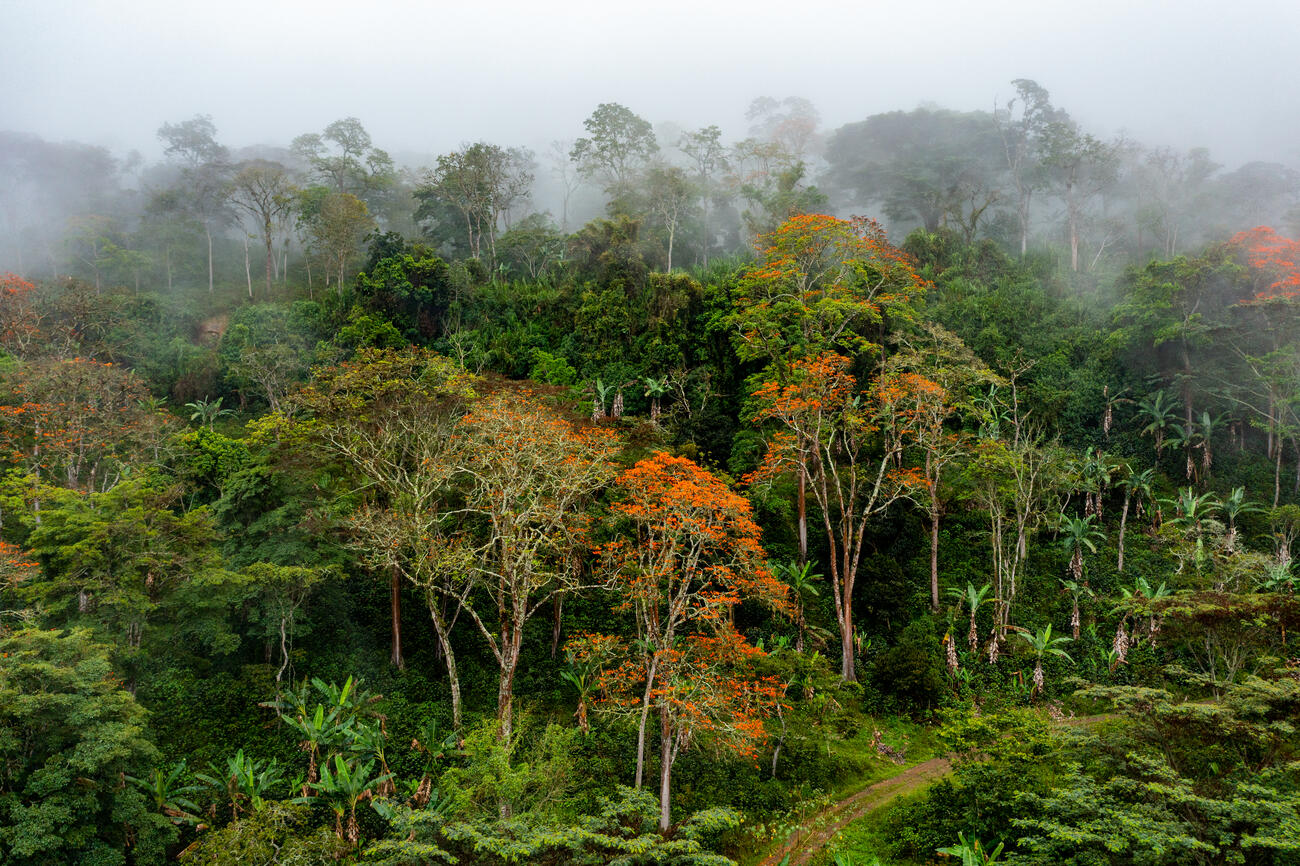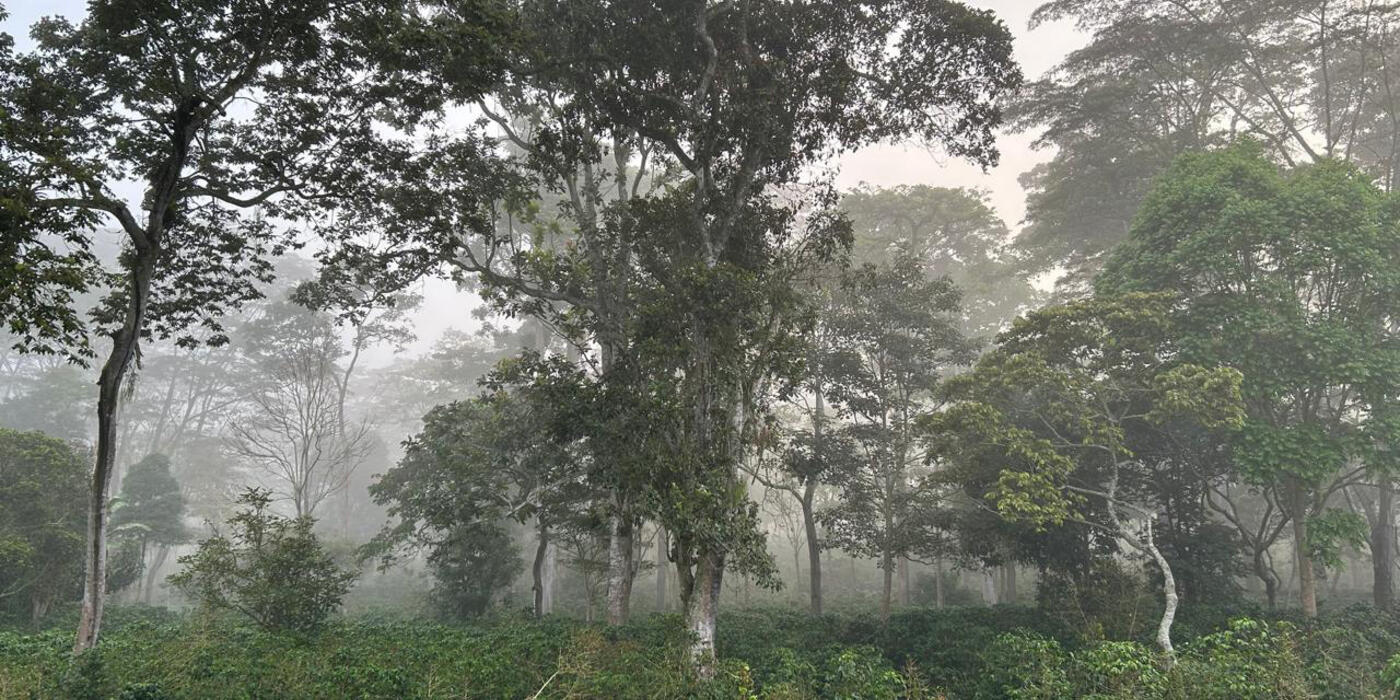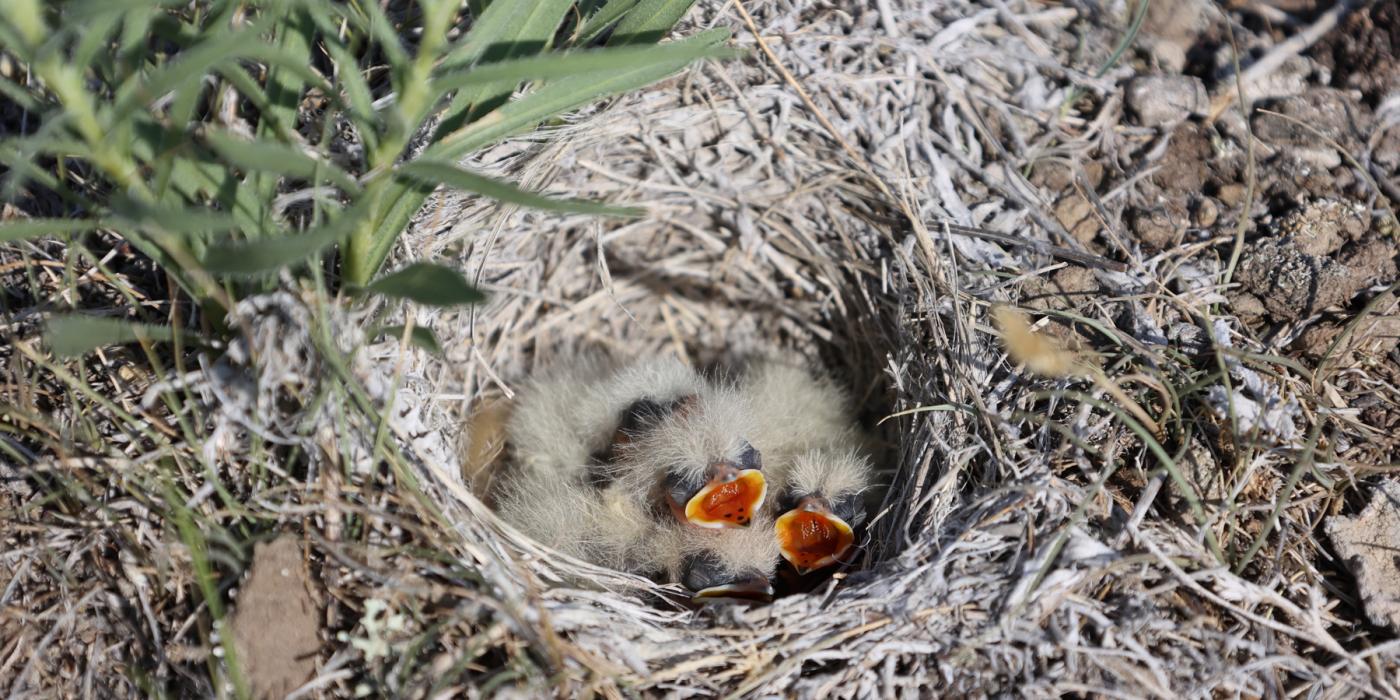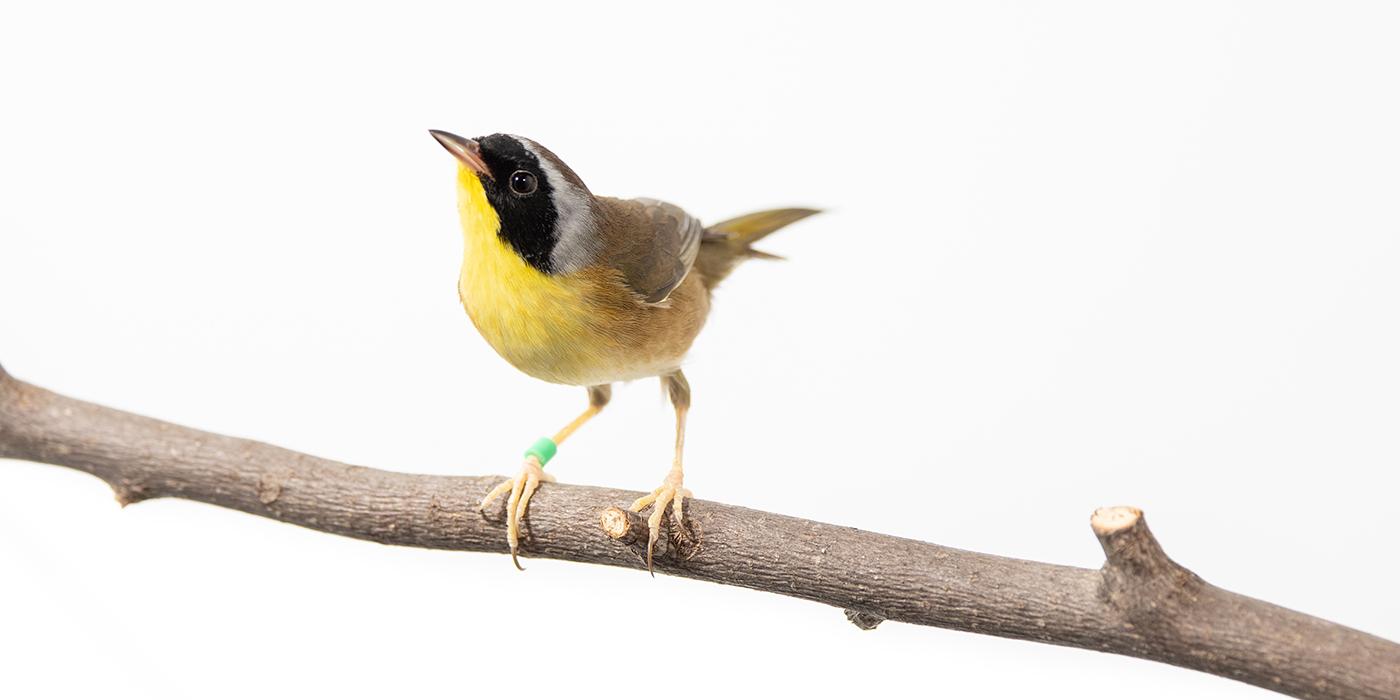Saving Species One Cup of Coffee at a Time
A cup of coffee can do more than provide a wake-up boost. Consumer choices can either help or hinder the survival of migratory bird species, which spend the spring and summer in North America but overwinter in Central and South America’s forests and coffee plantations. Get the scoop on how Bird Friendly® coffee helps wildlife from the program’s manager, Justine Bowe, and Smithsonian Migratory Bird Center research biologist Robert Rice.
What is Bird Friendly Coffee?
About 20 years ago, Smithsonian scientists created Bird Friendly certification to protect migratory birds that winter in Central and South America where coffee is grown. They conducted research to identify which factors are most important to create good quality bird habitat.
Bird Friendly Coffee farmers work in close proximity with some of the most biodiverse areas in the world. We start with farms that are already organic, which means they do not use pesticides or artificial fertilizers. The shade criteria covers everything from canopy height to vegetation diversity.
How do Bird Friendly coffee farms affect wildlife?
Birds are an indicator species, which means that when there is a healthy bird population, the ecosystem as a whole is faring well. Smithsonian Migratory Bird Center scientists have studied wildlife in Bird Friendly versus full-sun coffee farms, and the research shows that farms that meet Bird Friendly criteria harbor a greater diversity of birds, mammals and insects.
In particular, these coffee farms are home to 74 species of birds that are commonly found in North America, such as Baltimore orioles, American redstarts, ruby-throated hummingbirds, and a whole host of warblers, thrushes and flycatchers, among other species.
How did this initiative come about?
In the 1970s, a new hybrid of the coffee plant was created that enabled farmers to grow the crop in full sun. Although it increased yield, the only way to grow it in full sun was to cut down forest habitat where the coffee had once grown in the shade.
Today, populations of migratory songbirds are about half of what they were when clearcutting for coffee and other agriculture began to intensify—their disappearance is driven largely by deforestation. Migratory birds, mammals and insects that are native to these regions have lost more than 70 percent of their original habitat.
Why are birds better off in shade-grown coffee farms?
Shade-grown farms are the next best thing to undisturbed forest habitat. They are a sustainable way to move into the future as our agricultural needs expand.
When our scientists studied shade-grown coffee farms in Peru, they found that a truly diverse shade cover—between 12 and 30 species of trees—harbored more than 240 bird species. Many of the trees on these farms produce avocados, oranges, lemons, limes, grapefruit and peas. Growers often incorporate local native species common in nearby forests into the shade mixture, and these are used for timber for sale or for local on-farm construction. Depending on the species, trees can range in height from 10 feet to 65 feet.
The structural diversity created by these trees of different heights results in varied physical niches—different birds like different levels in the canopy and/or nectar. Some tree species harbor a wide variety of insect species, the larvae of which are important food resources for birds and other wildlife. Trees have different flowering and fruiting times or seasons, so a diverse mix of tree species can assure that there are resources for insects, birds and other wildlife throughout the year.
How do the farmers benefit?
Bird Friendly Coffee farms produce about 13 million pounds of beans annually. Our certification helps farmers gain premiums for their certified products and gives them access to sustainable and gourmet markets.
Consumers who care about the future of migratory birds are a key factor to the farmer’s success. When they purchase sustainable Bird Friendly Coffee from their local store, the profits circle back to farmers. Earning more for their environmental stewardship is a good incentive for farmers not only to maintain existing Bird Friendly habitat, but to attract new farmers to the program and protect even larger areas of forest.
This story appears in the February 2018 issue of National Zoo News. Learn more about Bird Friendly Coffee on the Zoo’s website.